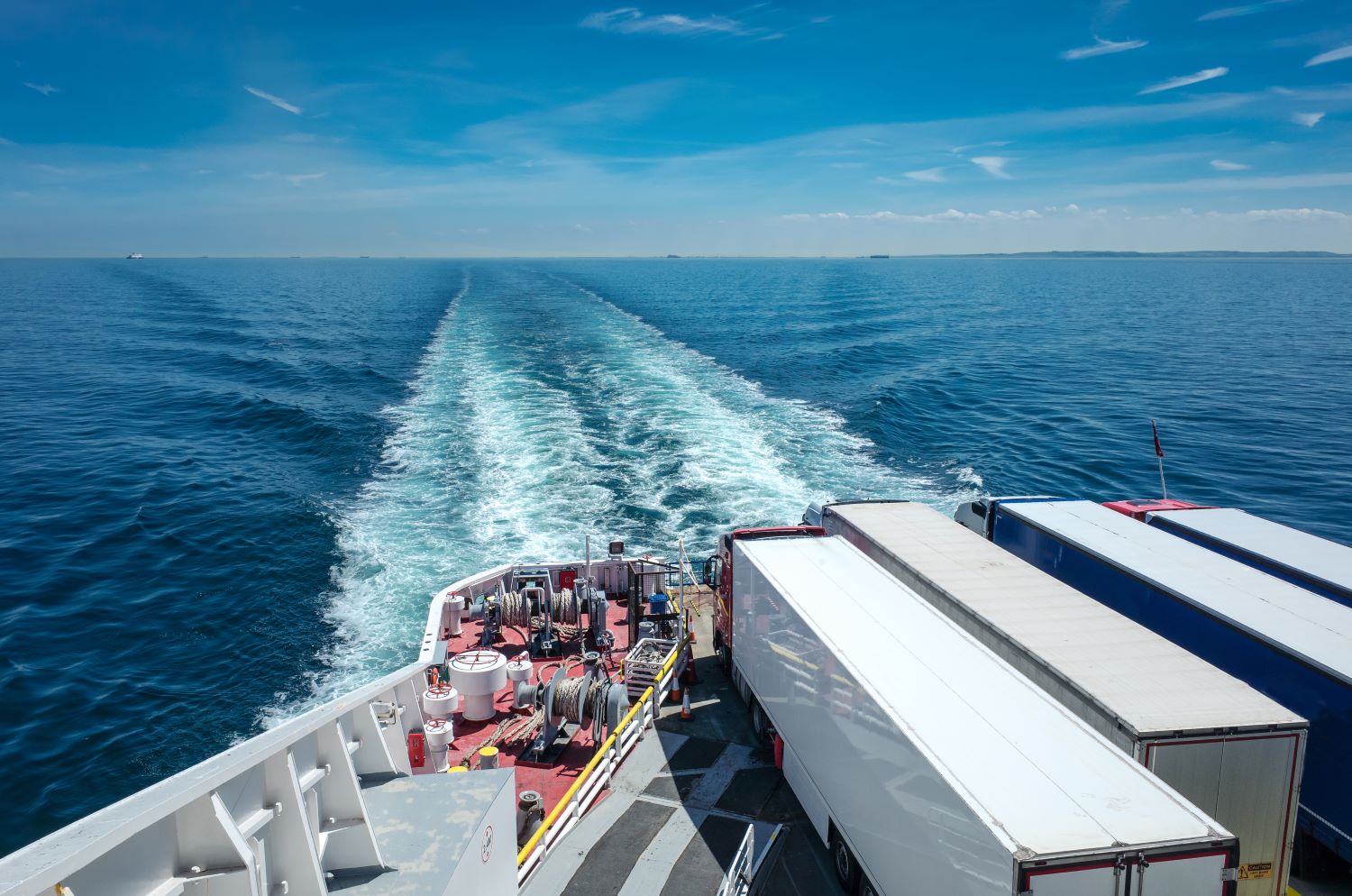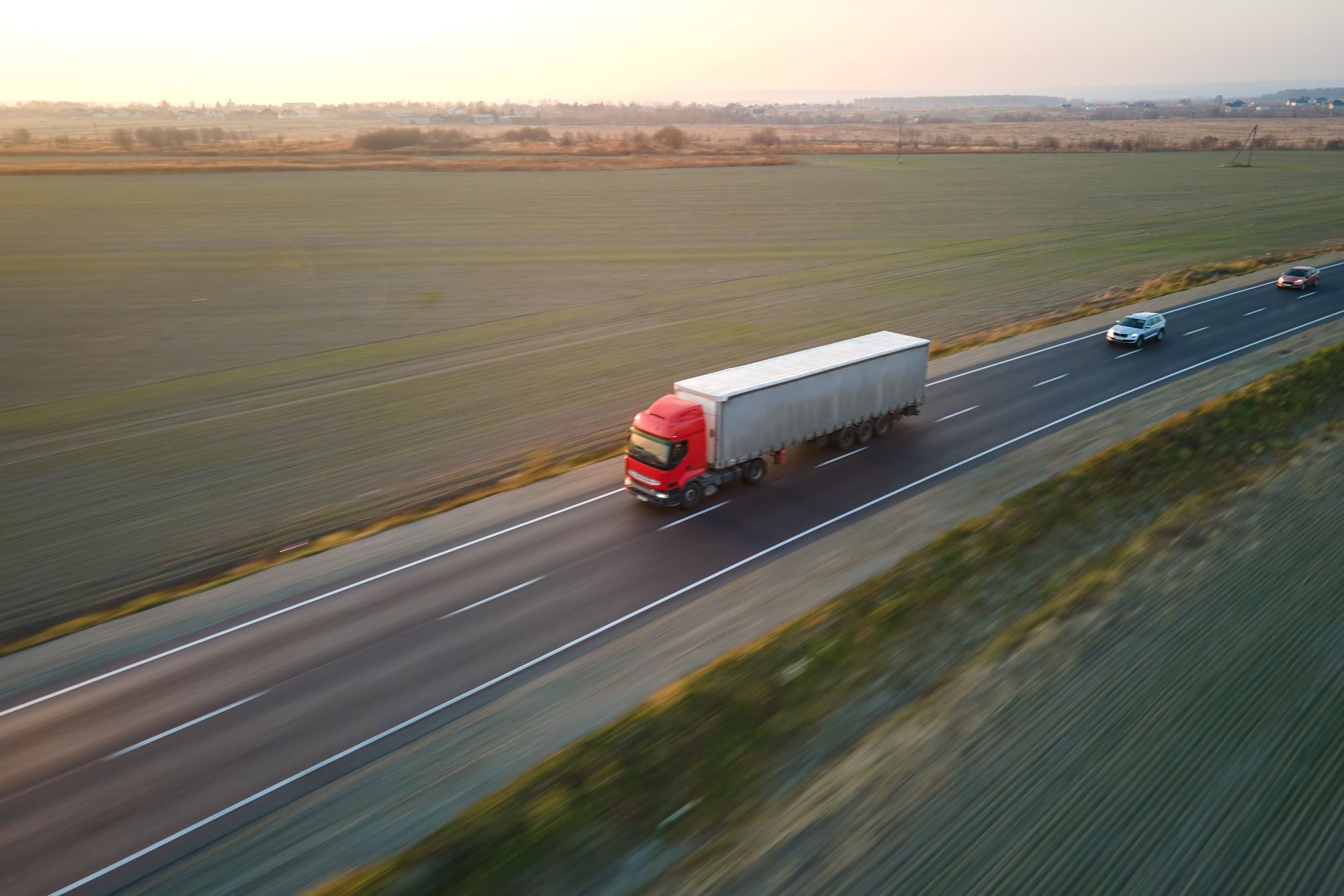
Susie Jones
Wszystko, co musisz wiedzieć o systemie wjazdu/wyjazdu z UE
Utworzony: 14.10.2024
•
Aktualizacja: 14.10.2024
Zaplanowany do uruchomienia w listopadzie, ale opóźniony z powodu obaw, UE wprowadzi system wjazdu/wyjazdu (EES). EES zmieni wymagania dla obywateli brytyjskich podróżujących do strefy Schengen - wymagając od każdego z brytyjskim paszportem rejestracji danych biometrycznych, takich jak odciski palców lub zdjęcie. EES zastąpi ręczne stemplowanie paszportów przy wjeździe do UE. Zebraliśmy wszystko, co musisz wiedzieć przed zmianą.
Czego EES wymaga od podróżnych?
Każdy kraj korzystający z systemu EES będzie wymagał od podróżnych następujących informacji:
Miejsce wejścia i wyjścia
Data wejścia i wyjścia
Dokumenty podróży.
Jakie są korzyści?
EES ma następujące zalety:
Unowocześnia zarządzanie granicami zewnętrznymi UE, poprawiając komfort podróżowania.
EES zwalcza oszustwa związane z tożsamością poprzez gromadzenie danych biometrycznych.
Może identyfikować osoby nadmiernie przedłużające pobyt i niezawodnie dostarcza danych na temat wjazdów, wyjazdów i odmów.
Ulepszone kontrole graniczne, elektroniczne rejestry i dane biometryczne wzmocnią bezpieczeństwo w UE.
Zapewnia wymianę informacji w czasie rzeczywistym, umożliwiając organom granicznym w całej UE dostęp do właściwych informacji we właściwym czasie.
Jakie są obawy?
W dłuższej perspektywie nowy EES usprawni operacje i przyniesie korzyści podróżnym spoza UE. Istnieje jednak kilka obaw związanych z nowym systemem:
Co najmniej trzy kraje UE nie są w pełni przygotowane do startu.
Niektóre kraje mogą nie być w stanie wprowadzić zaawansowanego systemu biometrycznego.
W porcie Dover - jednym z najbardziej ruchliwych przejść granicznych w Wielkiej Brytanii - nie przeprowadzono odpowiednich testów systemu.
Pierwsze uruchomienie może spowodować zwiększone opóźnienia na przejściach granicznych.
Dalsze opóźnienia w oficjalnym uruchomieniu EES mogą wyeliminować kilka z tych obaw.
Brytyjscy operatorzy pojazdów ciężarowych wyrazili obawy dotyczące limitu 90 dni na 180 podróży w strefie Schengen - utrzymanie regularnych operacji biznesowych w UE może stanowić wyzwanie. Firmy flotowe zatrudniające kierowców spoza UE mogą napotkać ograniczenia w podróżowaniu lub grzywny, jeśli limit zostanie przekroczony.
Jak floty i kierowcy mogą się przygotować?
Floty i kierowcy nie mogą zrobić zbyt wiele, aby przygotować się do nowego systemu - większość z nich odbędzie się osobiście w porcie. Floty i kierowcy mogą jednak podjąć następujące działania, aby zapewnić płynne przejście:
Podczas rezerwacji podróży upewnij się, że posiadasz wszystkie wymagane informacje przed podróżą do portu.
Dowiedz się, czego możesz się spodziewać po przyjeździe - różnice praktyczne oznaczają, że proces będzie różny w różnych miejscach.
Zapewnij sobie wystarczająco dużo czasu na dopełnienie formalności przed podróżą - zwłaszcza jeśli podróżujesz blisko daty rozpoczęcia.

Jakie kraje będą korzystać z EES?
Następujące kraje będą korzystać z EES:
Austria, Belgia, Bułgaria, Chorwacja, Czechy, Dania, Estonia, Finlandia, Francja, Grecja, Hiszpania, Holandia, Islandia, Liechtenstein, Litwa, Luksemburg, Łotwa, Malta, Niemcy, Norwegia, Polska, Portugalia, Rumunia, Słowacja, Słowenia, Szwajcaria, Szwecja, Węgry, Włochy.
Kiedy EES nie ma zastosowania?
Istnieje kilka wyjątków od nowego EES:
Obywatele krajów korzystających z EES (w tym Cypru i Irlandii).
Obywatele spoza UE bezpośrednio spokrewnieni z obywatelem UE. Muszą oni posiadać kartę pobytu.
Każdy obywatel spoza UE, który posiada kartę pobytu lub zezwolenie bezpośrednio związane z obywatelem spoza UE, może podróżować po Europie jak obywatel UE.
Obywatele posiadający zezwolenie na pobyt lub wizę długoterminową.
Obywatele Andory, Monako i San Marino.
Osoby posiadające paszport wydany przez Państwo Watykańskie lub Stolicę Apostolską.
Osoby zwolnione z kontroli granicznej (np. głowy państw lub pracownicy transgraniczni)
Obywatele posiadający ważne zezwolenie na przekraczanie granicy w ramach małego ruchu granicznego.
Załoga pociągów pasażerskich i towarowych na międzynarodowych trasach łączonych.
Każdy, kto nie musi przekraczać granic zewnętrznych, może to robić wyłącznie na przejściach granicznych w ustalonych godzinach otwarcia.
Co się stanie, jeśli nie podam swoich danych?
Jeśli nie podasz wymaganych danych osobowych, nie będziesz mógł wjechać do krajów UE korzystających z EES. Dla firm flotowych może to skutkować utratą dochodów, jeśli ich kierowcy nie podadzą odpowiednich informacji.
Czy potrzebuję paszportu biometrycznego z nowym EES?
Zarówno paszporty biometryczne, jak i niebiometryczne są akceptowane w ramach nowego EES. Zautomatyzowane systemy przekraczania granicy wymagają paszportu biometrycznego.



